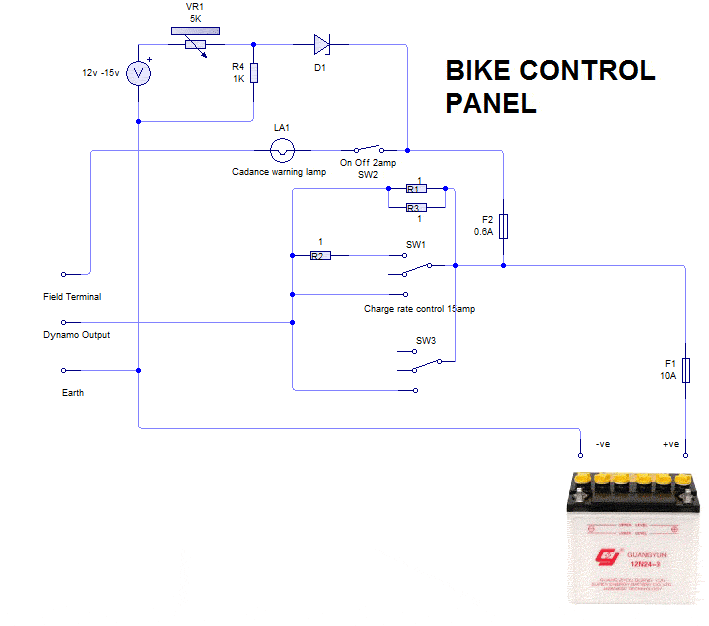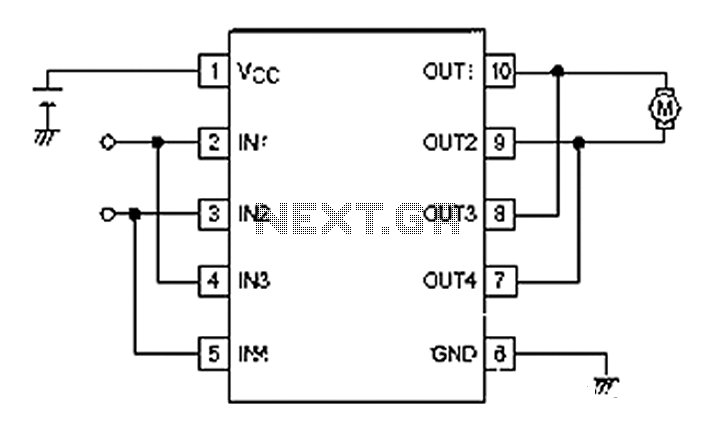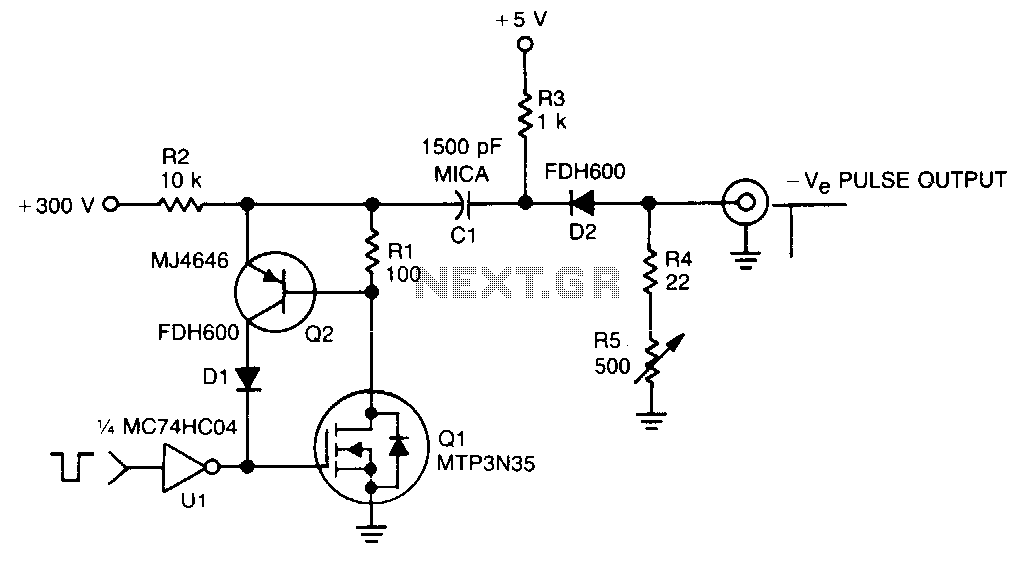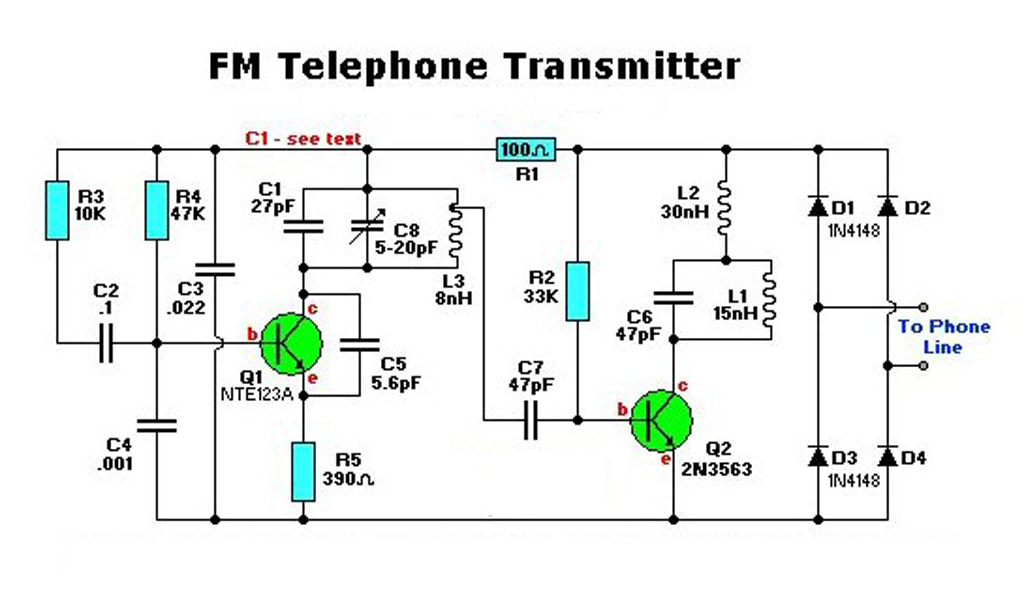
bicycle generator circuit

The original scale on the voltmeter ranged from 0 to 30 volts. A new scale was created by removing the old scale from the meter and scanning it into a graphics editing software on a computer. The old numbers were deleted while the scale itself remained intact. New voltage markings were added and rotated to align correctly with the existing scale. This new scale was printed on photo-quality paper, cut out, and spray mounted onto the original scale. Alternatively, a CAD program could be used to design the scale from scratch, which could then be printed onto Lazertran transfer paper and transferred onto the original scale that had been spray-painted white.
The voltmeter scale modification process involves several steps to ensure accuracy and aesthetics. Initially, the old scale must be carefully removed to avoid damaging the underlying components of the voltmeter. Once the scale is scanned, it is essential to maintain the original scale's proportions and alignment to ensure that the new markings correspond accurately to the voltage readings.
Using graphics editing software allows for precise adjustments, such as resizing and rotating the new voltage numbers. When adding new markings, attention to detail is crucial to ensure that they are not only visually aligned but also spaced correctly to maintain readability. The choice of printing on photo-quality paper enhances the clarity and durability of the new scale, ensuring that it withstands regular use.
For those opting for a CAD program, this method provides the advantage of designing a completely new scale tailored to specific requirements. The use of Lazertran transfer paper allows for high-resolution printing, which can be transferred onto the original scale, providing a seamless integration of the new design. The underlying white spray paint serves as a neutral background, enhancing the visibility of the new markings.
Overall, this process allows for the effective customization of voltmeter scales, improving both functionality and visual appeal while ensuring that the instrument remains accurate and reliable for voltage measurements.The original scale on my voltmeter was from 0 to 30volts. I made a new scale by removing the old scale from the meter and scanning it into a paint package on my PC. I deleted the old numbers but left the scale in tact. I then just added my new numbers on the volts scale and rotated them to match. This was then printed on photo quality paper cut ou t and spray mounted to the old scale. You could also use a Cad program to draw the scale from scratch and print onto lazertran transfer paper and transfer onto the original scale spray painted white. 🔗 External reference
The voltmeter scale modification process involves several steps to ensure accuracy and aesthetics. Initially, the old scale must be carefully removed to avoid damaging the underlying components of the voltmeter. Once the scale is scanned, it is essential to maintain the original scale's proportions and alignment to ensure that the new markings correspond accurately to the voltage readings.
Using graphics editing software allows for precise adjustments, such as resizing and rotating the new voltage numbers. When adding new markings, attention to detail is crucial to ensure that they are not only visually aligned but also spaced correctly to maintain readability. The choice of printing on photo-quality paper enhances the clarity and durability of the new scale, ensuring that it withstands regular use.
For those opting for a CAD program, this method provides the advantage of designing a completely new scale tailored to specific requirements. The use of Lazertran transfer paper allows for high-resolution printing, which can be transferred onto the original scale, providing a seamless integration of the new design. The underlying white spray paint serves as a neutral background, enhancing the visibility of the new markings.
Overall, this process allows for the effective customization of voltmeter scales, improving both functionality and visual appeal while ensuring that the instrument remains accurate and reliable for voltage measurements.The original scale on my voltmeter was from 0 to 30volts. I made a new scale by removing the old scale from the meter and scanning it into a paint package on my PC. I deleted the old numbers but left the scale in tact. I then just added my new numbers on the volts scale and rotated them to match. This was then printed on photo quality paper cut ou t and spray mounted to the old scale. You could also use a Cad program to draw the scale from scratch and print onto lazertran transfer paper and transfer onto the original scale spray painted white. 🔗 External reference





